Calathea Plant
- January 17, 2024
- 0 comment
Calathea, is a plant that is as mystical as it is beautiful. Commonly known as the prayer plant, it’s not just a visual delight but a botanical marvel. Each leaf tells a story with its vivid patterns and striking colors, turning any space into a tropical sanctuary. Whether it’s the soft brush of its leaves or the dance it performs as day turns to night, the Calathea is more than just a plant, it’s a living piece of art.
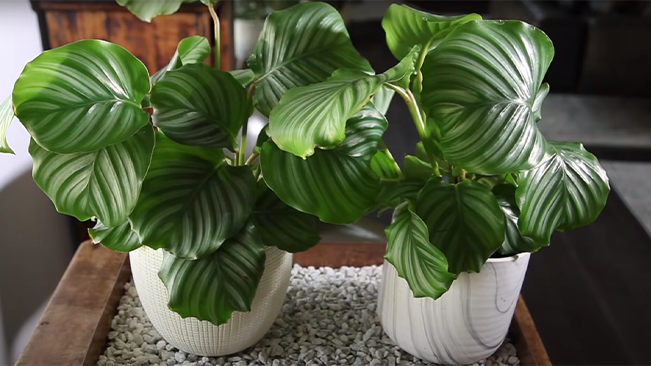
But the Calathea’s charm isn’t limited to its appearance. This guide is your window into the enchanting universe of these plants, revealing the secrets behind their captivating beauty. From the lush rainforests of South America to your cozy living room corner, the journey of Calathea is a tale of resilience and adaptability. Join us as we explore the intricate botany, specialized care routines, diverse varieties, and common challenges faced by these remarkable plants, tailored for both the seasoned enthusiast and the curious beginner.
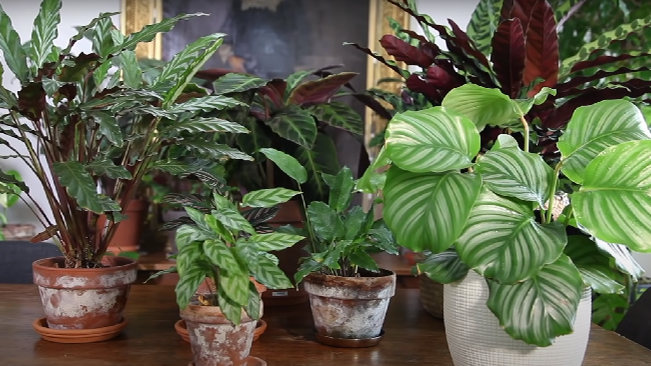
| Characteristic | Description |
|---|---|
| Common Name | Prayer Plant |
| Botanical Name | Calathea |
| Native Region | Tropical Americas, primarily in the rainforests of Central and South America |
| Growth Habit | Clump-forming perennial |
| Height | Typically ranges from 6 inches to 3 feet, depending on the species |
| Leaf Characteristics | Large, oval, and strikingly patterned; known for nyctinasty (leaves fold up at night) |
| Leaf Colors | Varied, including greens, purples, pinks, and cream; often with a contrasting color or pattern on the underside of the leaf |
| Light Requirements | Prefers bright, indirect light; can tolerate low light conditions |
| Watering Needs | Consistent moisture is key; soil should be kept moist but not waterlogged |
| Humidity Requirements | Thrives in high humidity, above 60% |
| Soil Type | Well-draining, rich in organic matter |
| Temperature Range | Prefers temperatures between 65-75°F (18-24°C); sensitive to sudden temperature changes |
| Propagation Method | Typically propagated by division during repotting |
| Common Problems | Brown leaf edges (low humidity or over-fertilization), curling leaves (under-watering), pests like spider mites |
Propagation of Calathea plant
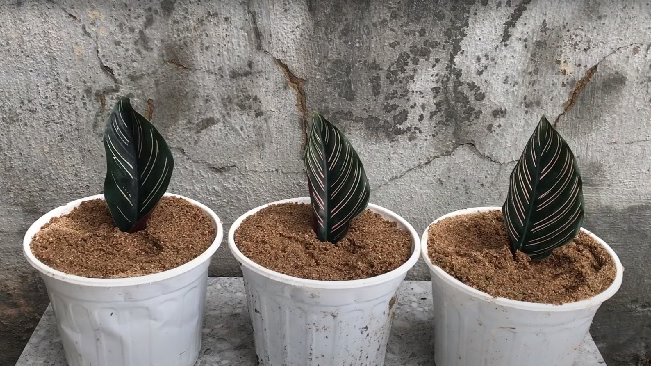
To make more Calathea plants, you can use a method called division. Start with a healthy parent Calathea plant that has multiple clumps or stems. Carefully take the plant out of its pot and separate these clumps. Each clump should have roots. Plant each clump in its own pot with fresh soil and water them well. To help them grow, cover the pots with plastic bags or plastic wrap to keep the air moist. Put the pots in a place with indirect light, not direct sun. Keep the soil damp but not soaked. Watch for new growth. When the new plants are bigger and strong, you can move them to bigger pots if needed. Keep taking care of them like you do with the adult Calathea plants, with the right light, moisture, and watering. It’s a great way to have more Calathea plants and share them with others. Just remember, it might take a little while for the new plants to grow nicely.
Watering and Humidity
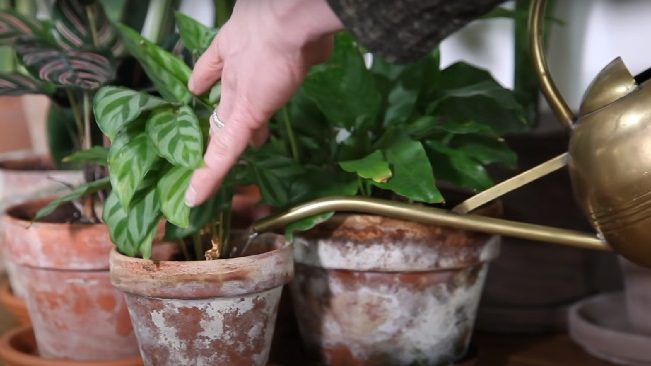
Calathea plants require careful watering and high humidity to thrive. The soil should be kept consistently moist but not waterlogged, with watering only when the top inch of soil feels dry. These tropical natives prefer humidity levels above 60%, achievable through the use of humidifiers, pebble trays, or by placing them near other plants. Regularly adjusting your care approach based on the season and observing the plant’s response to its environment, such as curling leaves indicating low humidity, is crucial for maintaining the health and beauty of your Calathea.
Soil and Fertilization
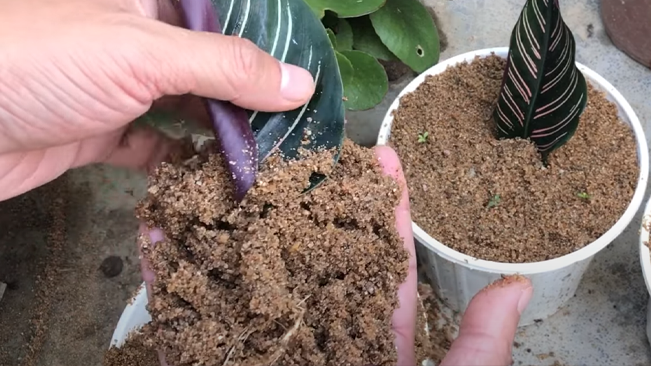
For Calathea plants, use soil that drains well but still holds some moisture, kind of like a damp sponge. Think of rich, forest soil. When it comes to feeding, just use a regular plant fertilizer once a month when it’s growing, mainly in spring and summer. Cut back on fertilizer in the colder months. And make sure to dilute the fertilizer so it’s not too strong.
Temperature
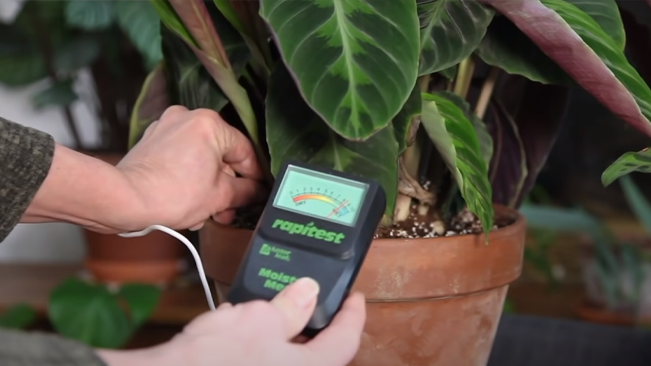
Calathea plants like it cozy, preferring temperatures between 65 to 75 degrees Fahrenheit (that’s about 18 to 24 degrees Celsius). They’re not fans of sudden changes in temperature or chilly drafts, so keep them away from open windows or doors and air conditioners. Think of the warm, stable conditions of a tropical forest – that’s what they enjoy the most!
Varieties of Calathea plants
| Variety | Description | Propagation Method |
|---|---|---|
| Calathea ornata | Known for its striking pink-striped leaves, adding a touch of elegance to your collection. | Typically propagated by division during repotting. |
| Calathea lancifolia | Features elongated leaves with wavy edges and dark spots, creating a unique and captivating appearance. | Commonly propagated through division. |
| Calathea zebrina | Recognizable by its velvety, green leaves adorned with zebra-like stripes, adding a touch of the exotic to your space. | Propagation is often done through division. |
Common Problems
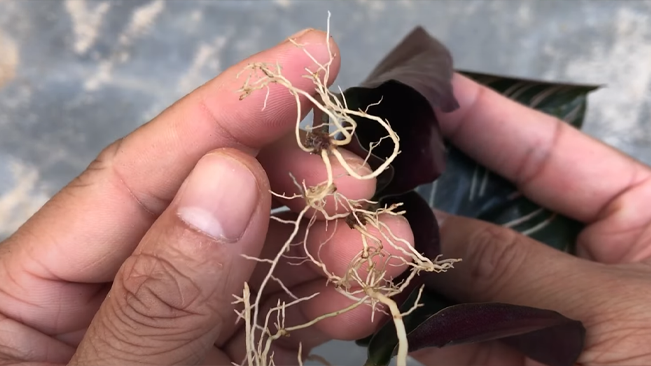
Calathea plants can sometimes face a few issues. If you notice the edges of the leaves turning brown, it could be a sign that the air is too dry or you’re giving it too much fertilizer. Leaves curling up? This usually means the plant isn’t getting enough water or it’s getting too much direct sunlight. Also, watch out for tiny pests like spider mites and mealybugs. These can be sneaky but treatable with regular checks and using insecticidal soap when needed. Keeping an eye on these signs will help you keep your Calathea healthy and happy.
Conclusion
Calathea plants, renowned for their stunningly patterned foliage, offer more than just aesthetic appeal to any indoor plant collection. They are natural air purifiers, enhancing the indoor environment by filtering out pollutants. These tropical natives require specific care to maintain their health and vibrancy. It’s crucial to understand their preference for indirect light, consistent moisture, and high humidity, mirroring their rainforest habitat. Additionally, regular fertilization during the growing season, along with careful monitoring for signs of stress or pests, ensures they thrive. By catering to these needs, Calathea plants not only beautify a space but also contribute to a healthier, more soothing indoor atmosphere, making them an invaluable addition to any plant enthusiast’s collection.
FAQs
What is a Calathea plant, and what makes it unique?
A Calathea plant, also known as a prayer plant, is renowned for its stunningly patterned foliage, featuring intricate designs and vibrant colors. What sets it apart is its unique behavior of folding its leaves upward at night, resembling hands in prayer, hence the name “prayer plant.”
2. Where are Calathea plants native to?
Calathea plants are native to the tropical regions of Central and South America, particularly thriving in the rainforest understory where they adapt to low light and high humidity conditions.
3. What are the light requirements for Calathea plants?
Calatheas prefer bright, indirect light. They thrive in conditions where they receive filtered sunlight but are shielded from direct sun exposure, which can harm their leaves.
4. How should I water my Calathea plant?
Keep the soil consistently moist but not waterlogged. Water when the top inch of soil feels dry. Ensure that excess water can drain from the pot to prevent root rot.
5. What humidity levels do Calathea plants prefer?
Calatheas thrive in high humidity environments, ideally above 60%. You can maintain humidity by using a humidifier, placing the pot on a pebble tray with water, or regularly misting the plant.
6. What type of soil is best for Calathea plants?
Calatheas require well-draining soil that retains some moisture. A mix of peat, perlite, and potting soil is often ideal, ensuring both drainage and moisture retention.
7. How do I fertilize my Calathea plant?
Use a balanced, water-soluble fertilizer diluted to half strength. Apply it monthly during the growing season (spring and summer), but reduce or halt fertilization during the winter months.
8. What are common issues that Calathea plants face?
Common problems include brown leaf edges, often caused by low humidity or over-fertilization. Curling leaves may indicate under-watering or too much direct sunlight. Calatheas are also susceptible to pests like spider mites and mealybugs, which can be treated with insecticidal soap.
9. How can I propagate Calathea plants?
Propagation is typically done through division during repotting. Gently separate the rhizomes, ensuring each new section has a healthy set of roots, and then plant them separately.
10. What are some popular Calathea varieties?
– Popular varieties include the Calathea ornata with pink-striped leaves, Calathea lancifolia with elongated leaves and dark spots, and Calathea zebrina with zebra-like striped leaves.




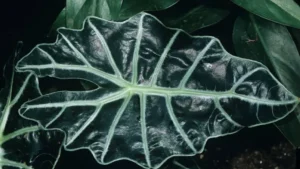
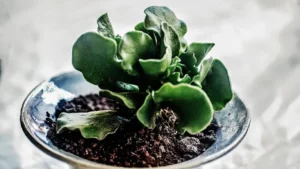
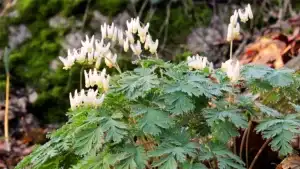
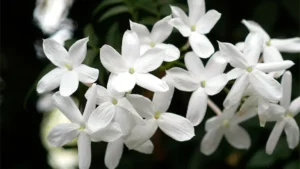

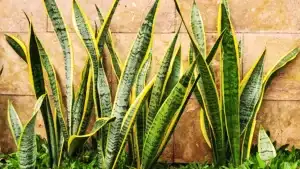
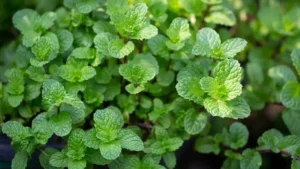
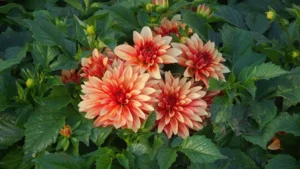
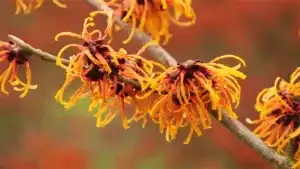

Leave your comment